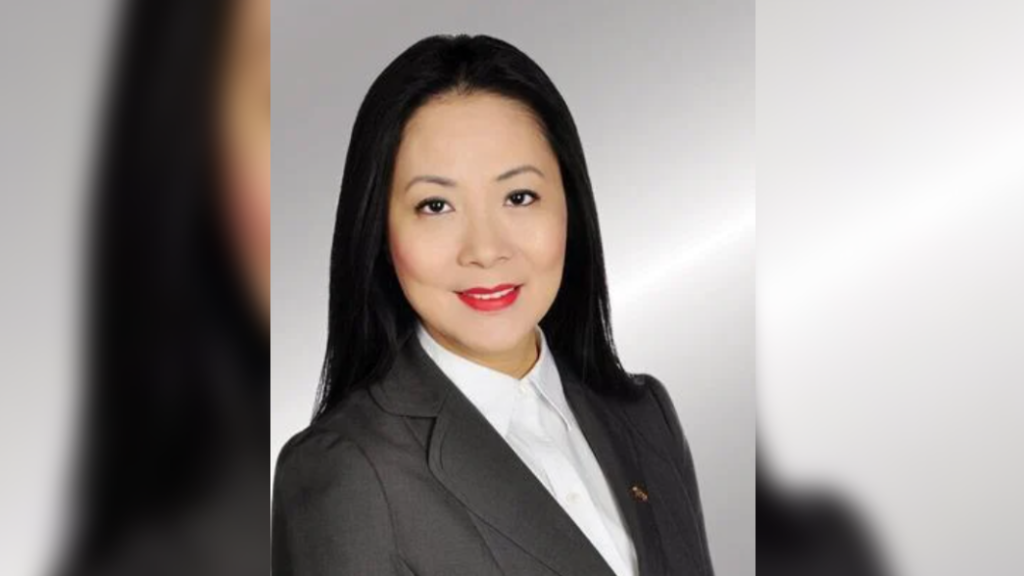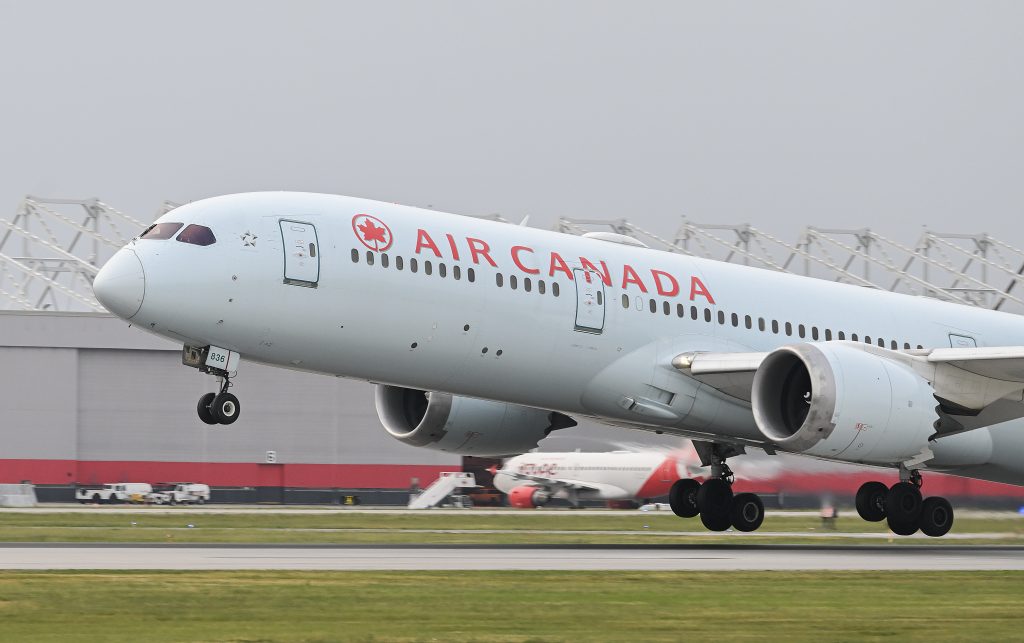Durham school board, province spar over who’s to blame for overcrowding issues
Posted October 2, 2023 3:17 pm.
Last Updated October 2, 2023 3:54 pm.
While some students across the Durham region are learning in makeshift classrooms in gyms, staff rooms and libraries, the Durham District School Board (DDSB) and the Ministry of Education continue to spar over who’s to blame for issues leading to overcrowding.
The school board says they’ve been working to build more schools, but for years, they have been running into roadblocks when it comes to following through on the approved projects.
Student population in the region has increased by 9,000 students since 2019, growing from 70,000 to 79,000 in 2023. The board has received approvals to build five new schools and undergo one major addition, but none have been built at this point.
The chair from Durham District School Board, Donna Edwards, said there have been a number of delays before they were able to even get shovels in the ground.
“In some cases, the delay is that maybe even [at] the first stage of approvals, that by the time we actually get approval to build, the costs [to build] exceeded what we maybe had been approved for, so that we have to go back,” said Edwards.
Edwards said no one is directly to blame for the delay in opening schools but said it’s the whole process. “We’re looking at a collaborative process with the ministry. And once we put our building submissions in, we need a quick turnaround and so it’s a joint ownership as far as I’m concerned.”
The board said they are ready to build, the land has been purchased and shovels are ready to hit the ground. And even though it takes a couple years for completion, the DDSB says ministry and city approval procedures make the process longer.
That is what happened in the case of one school that was approved back in 2018. Five years later, they are no closer to getting the project done.
“It took six submissions for us to actually finally get approval,” said Edwards. “We had to go back several times because there was growth that wasn’t expected. And then there was also a cost increase by the time we did get approval.”
The Ministry of Education said while they’ve been supporting the school board financially, ultimately, it’s up to the boards to manage enrolment.
“For the Durham District School Board, that’s $113 million that they have that has been approved, that is in the pipeline. Five-thousand spaces as well, that would make an incredible difference,” said Patrice Barnes, Parliamentary Assistant to the Minister of Education.
The ministry has also been critical in how long it’s taken Durham District School Board to build schools. Barnes said some boards have been able to build schools in two to three years.
“Some of [Durham’s] projects are seven, eight years out. And so, we can understand that the projects have climbed in cost because of the time it’s taken to build.”
Barnes acknowledges that the extra 5,000 spaces is still short of the number of spots the region needs. “It is, and we recognize all school boards are facing that … The reality is, we get submissions from all over the province. you have to determine which projects get built based on needs.”
The DDSB said there needs to be a more streamlined process that is faster. They’ve been told by the province that’s in the works through Bill 98 that was recently introduced.
The ministry said Bill 98 prioritizes schools being built faster in a non-traditional way. “We’re looking at probably having standardized designs that can get to market faster.”
In the meantime, Edwards said the makeshift classrooms are a temporary solution, but no timeframe was given.
“Temporary is until we get accommodations through building of new school or start identifying reviews,” said Edwards.
Edwards understands the frustration from parents, but said they are doing what they can. “The staff and the schools and the board do as much as we have to do in order to ensure that they have a safe and a great learning experience within their schools. And ultimately, if we don’t get an approval of a school, or we’re at capacities in a lot of holding schools, then we have to look at alternatives.”
The pressures of population growth won’t be going away any time soon. Durham Region’s population, which is currently over 743,000, is expected to increase to 1.3 million by 2051.








